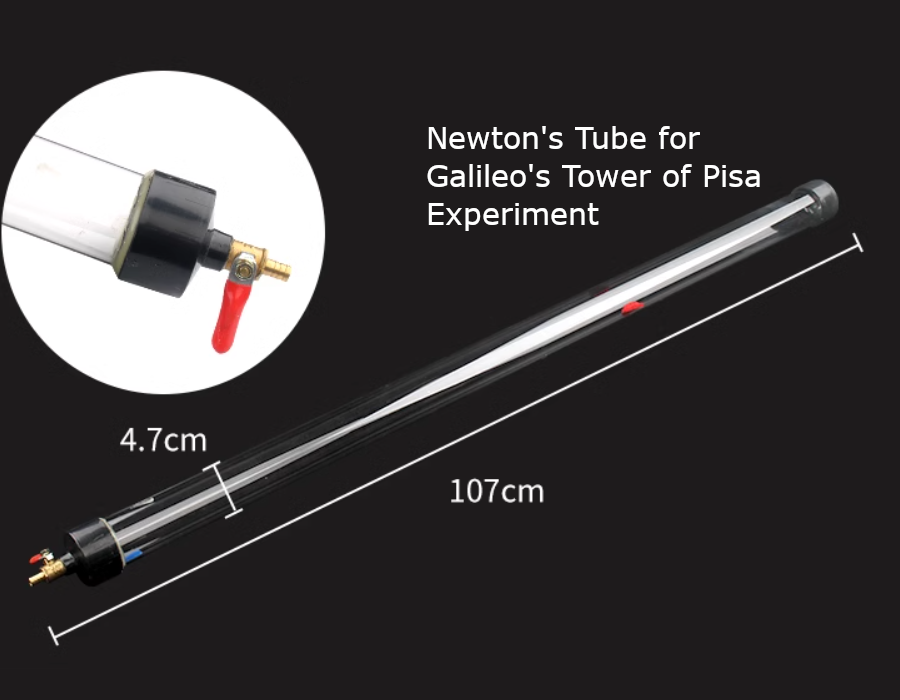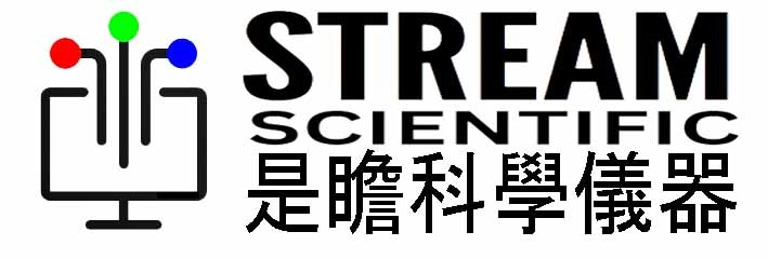
Newton’s vacuum tube
牛頓真空管
HK$1116.00
The experiment is well known as the "Galileo's Leaning Tower of Pisa" experiment. Galileo hypothesized that in the absence of air resistance, objects of different masses would fall with the same acceleration and reach the ground in the same amount of time when dropped from the same height.
To demonstrate this, Galileo conducted a thought experiment involving a hypothetical vertical vacuum tube. In this experiment, he imagined a long vertical tube with a vacuum inside, removing any air resistance. He then envisioned dropping various objects of different masses from the top of the tube and observing their fall.
According to Galileo's hypothesis, in the absence of air resistance and vertical thrust, all objects would fall with the same acceleration, which is the acceleration due to gravity (approximately 9.8 m/s^2 near the Earth's surface). Therefore, regardless of their mass, all objects would reach the bottom of the tube in the same amount of time.
該實驗被稱為「伽利略比薩斜塔」實驗。伽利略假設,在沒有空氣阻力的情況下,不同質量的物體從相同高度落下時,會以相同的加速度下落,並在相同的時間內到達地面。
為了證明這一點,伽利略進行了一項思想實驗,涉及假設的垂直真空管。 在這個實驗中,他想像了一個內部真空的長垂直管,消除了任何空氣阻力。 然後,他設想從管子頂部掉落各種不同質量的物體並觀察它們的下落。
根據伽利略的假設,在沒有空氣阻力和垂直推力的情況下,所有物體都會以相同的加速度下落,即重力加速度(地球表面附近約為9.8 m/s^2)。 因此,無論其質量如何,所有物體都會在相同的時間內到達管子的底部。

